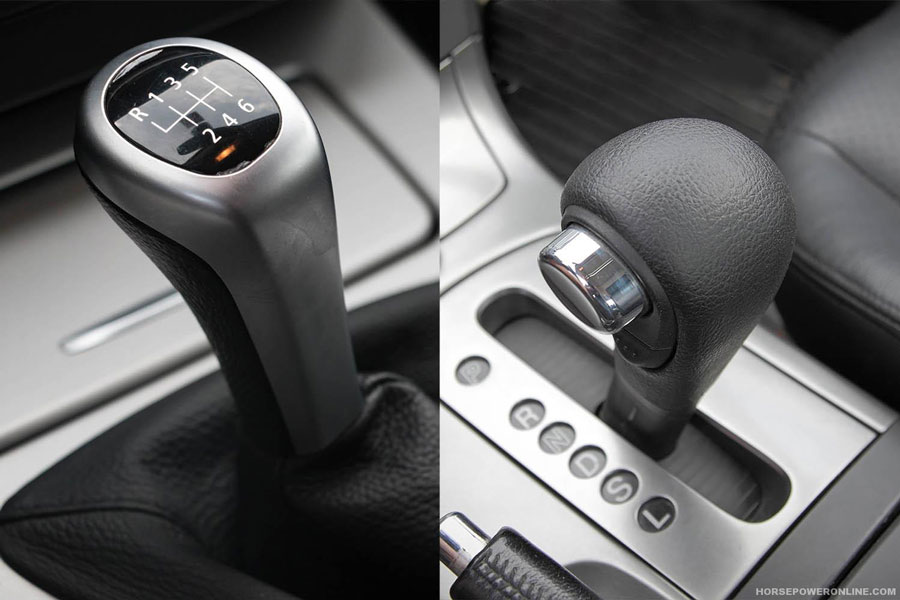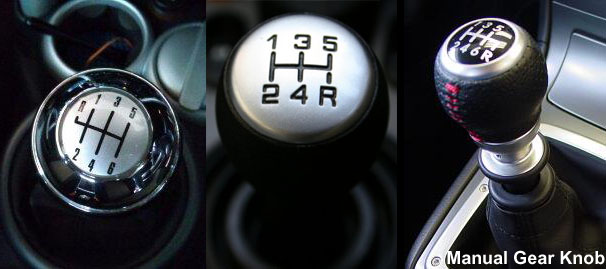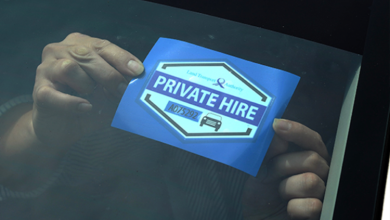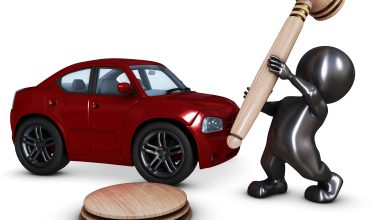Manual Transmission Vs. Automatic Transmission Cars
Previously, manual cars were the norm. Driving tests were conducted with manual cars. But as automatic gearboxes became more and more popular, even the rules were changed. Now, it is possible to pass your driving test in an automatic car and earn a Class 3A licence, which only allows the holder to drive automatic cars.
Manual vs Automatic

Both transmissions have their own unique advantages and disadvantages, and where one may be perfect in one situation, it may end up not being all too perfect in a different scenario.
So, before you make any decisions regarding where you stand on the transmission debate, take a few moments and familiarise yourself with the benefits associated with the two different kinds of transmission and identify the differences between them.
Automatic Transmission
1. Easier to Use
Shifting gears and working a clutch is not the most difficult task in the world, but it does take drivers some time to get comfortable with using them to control a manual vehicle. Automatic transmissions are much simpler to learn and also takes significantly less time.
2. Less Manually Restrictive
Most new drivers are taught to place both hands on the wheel for the safest way to drive, which is not possible for a manual car.
3. Greatly Reduced Risk of Stalling
Stalling right when the traffic light changes can be embarrassing and cause panic. Thankfully, it isn’t common in automatic cars, unless there is a mechanical problem.
4. Easier to Use in Heavy Traffic
Overall, more work goes into starting, accelerating, decelerating, and stopping manual cars. This isn’t normally a problem, but in heavy traffic where a car isn’t able to get up to speed, drivers may notice that the constant starting and stopping becomes a chore. Automatic cars allow smooth steady movement with no more than pushing a single pedal.
Manual Transmission

1. Less Expensive
On average, a manual car will cost lesser than the same model in automatic transmission.
2. Cheaper to Maintain
Manual cars require very little maintenance, and general repairs and maintenance cost lesser.
3. Better Fuel Efficiency
Manual car engines are less complex, weigh less, and have more gears than automatics. The end result is that you’ll have been getting more kilometres out of the petrol you have as compared to an automatic. Manual transmissions have been known to save drivers 5%-15% of their fuel costs.
4. Better Control
Automatic cars are designed to choose the best gear for any situation, but they tend to err on the side of caution, shifting to too high of a gear and wasting engine power. At the same time, they are built to respond to conditions as they are encountered, which doesn’t allow for drivers to either anticipate an oncoming condition or to purposely select a lower gear for an added boost of power. Manual cars give drivers a better sense of control over the vehicle.
In a nutshell, automatic transmissions are easier to use and more comfortable for the driver, while manual transmissions are less expensive and more involved. No matter how you want to get from point A to point B, it’s completely up to you on how you make the journey!
People also liked: COVID-19 CIRCUIT BREAKER: IMPORTANT INFORMATION FOR CAR OWNERS TOP 5 REASONS FOR ACCIDENTS IN SINGAPORE HOW DO CAR SUBSCRIPTIONS HELP YOU SAVE MONEY




